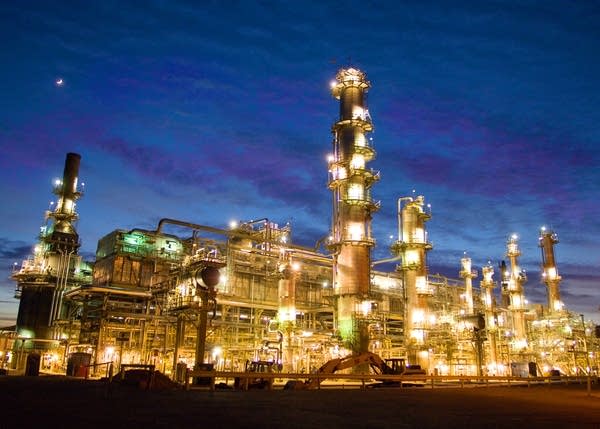The environmental cost of oil's journey to Minnesota

The Flint Hills Resources Pine Bend Refinery is one of the largest refineries in the upper Midwest. The Pine Bend operation, which was built in the 1950's, covers about 1,000 fenced acres and can process about 320,000 barrels of crude oil a day.
Photo courtesy of Flint Hills Resources
Go Deeper.
Create an account or log in to save stories.
Like this?
Thanks for liking this story! We have added it to a list of your favorite stories.


